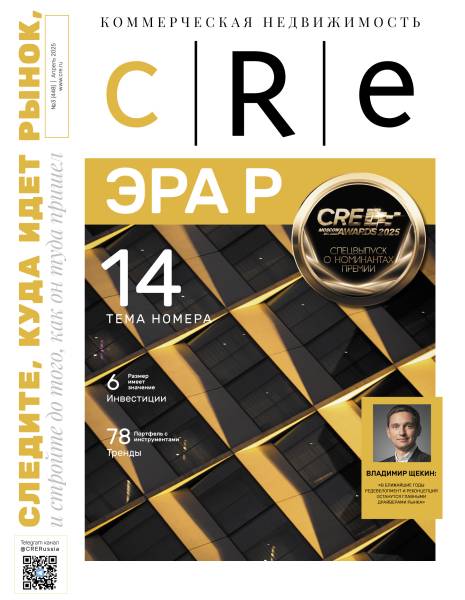MANY COLORS OF CAMPING
Modern-day camping involves facilities organized for parking campers and traveler recreation. Camping territories include parking areas for campers, sanitation zone with restrooms and shower cabins, mini-store, fire pits, as well as access to water and electricity. Of importance is ensuring the safety of vacationers, as well as relative quiet, so that travelers do not bother each other.
From the development standpoint, the same camping organizational principle exists worldwide, although depending upon the specific location, there may be various additions provided. Among the most popular are long-term camper parking areas, since such vehicles take up considerable space and not everyone can keep them in their own garage or yard. In countries where this form of tourism is well-developed, camps located within 100 km of major cities offer long-term parking services. Camping facilities may further provide accommodations in the form of detached cabins available during warmer months or year-round. This occurs much less often and is usually provided in areas with well-developed independent auto tourism.
HOW IS IT THERE?
Traveling by camper is usually interesting, if there are truly unique natural sites nearby which attract local residents and tourists. This form of tourism is well-developed in the south-west U.?S. and New Zealand, where national parks are among the biggest attractions. Another important condition is the existence of a high-quality road network, allowing for comfortable travel and viewing of landscapes and local populaces. Thus camping tourism is developing in Europe as well, where distances are considerably smaller, yet density of viewing objects is higher.
HOW IS IT HERE?
The situation in Russia surrounding development of camping tourism is murky. Despite offering all manner of national parks, natural and historical attractions, not all regions lend themselves to this type of tourism. The country is of such immense scale that, in some regions, distances between landmarks require several days’ travel, hindering development of camping. Thus, we see natural limitations on the footprint of possible development of such tourism in Russia – this is primarily the country’s European part with high population density and a better road network. Should camping develop specifically in Central Russia, European tourism flows may be anticipated: residents of Central and Eastern Europe bring palpable tourist flows to Smolensk, Pskov and Moscow regions. And the Golden Ring is located nearby.
Russian camping sites are currently geared only towards local tourists, and are concentrated in the south. The scale of camping tourism development in Russia is evidenced in numbers: only 1–1.2 thous people engage in these activities in Russia. What’s the reason for such paltry showing? Besides scale and distance, an important factor is rudimentary development of tourist areas: private and government investments are mainly aimed at major infrastructure projects. Even special economic tourist zones so far are unable to create full-fledged infrastructure for converting outdoors tourism into an organized format.
The climate also has an effect: auto camps mainly operate during warmer months, so for the bulk of the country it remains strongly seasonal. High-quality camping facilities with services are set up inexpensively and fast, although the classical facility will generate revenue four-six months a year, during the summer and active tourism season. In the remaining time, it can only create revenue provided operation as long-term camper parking, for which it must be located within 1–1.5 hours’ travel from a major city. To fight the climate and normalize seasonal fluctuations, camping may be geared towards winter recreation – providing accommodations, organizing recreation. In regions with prolonged periods of low temperatures, it is sensible to combine camping with accessible formats of four-season accommodations; hence this format may be developed in Central Russia and the Urals.
MEASURE SEVEN TIMES…
The camping business allows for implementing projects quickly and with relatively low investments. As a rule, project implementation schedules for camping total three-four months, of which several months are spent seeking the necessary site – land plot, which, on the one hand, tend to be close to highways, while on the other hand are relatively secluded, isolated places, preferably with good views. In the majority of cases, land plots are leased for three-five years or more. In cases of comprehensive projects, including, apart from camping cottages, cafes or restaurants, the land plot may be bought. Besides the cost of land, overall investments in camping projects include specific conditions for utilities grids. When leasing land plots, principal outlays are engineering and utilities, whose cost varies from 2 to 12 mln rubles, as well as building roads, costing 6–15 mln more depending upon camping size. In case of comprehensive infrastructure, the investment blueprint changes considerably, since, in addition to utilities and roads, considerable investments go into building cottages and outfitting them. Total outlays for this camping format can reach 130–150 mln rubles.
Camping profits result from several indicators. Firstly, this is short-term rental of parking spaces and visitor recreation. Payment amounts total on average 600–650 rubles a day per car and 150–170 rubles a day from each person. This revenue category forms the bulk of camping earnings and allows for reaching up to 6–9 mln rubles per season. Other sources of revenue may include long-term parking, which allows for earning 6–8 thous rubles a month per space, and camper rentals. As for facilities with cottages, the revenue structure changes: cottage rentals generate the bulk of turnover. Depending upon location and number of cottages, rental revenues can total from 600 thous to 2 mln rubles a month.
The camping business is low-margin and strongly dependent upon tourist traffic. In European countries, low profitability rarely deters investors as expected levels of investment returns are low. In Russia, however, recoupment over four-seven years with low margins is unappealing for the vast bulk of investors. Recoupment of the classical camping facility totals 3.5–4 years. Nonetheless, camping tourism could develop in the south and Central Russia – in a 600 km radius from Moscow, St. Petersburg, Pskov and regions with abundant lakes and rivers: in Ryazan region, Valdai, Seliger and Ladoga.
не указано
Camping: Assessing Future Prospects for Russia’s Market
Modern-day tourism and hotel real estate is a promising area of investment and entrepreneurship. However, there is an alternative which is nowadays competing with classical recreation and travel – renting auto camps and setting up “homes on wheels”. How much has this format developed in Russia and worldwide, and does it have a future?

4047












